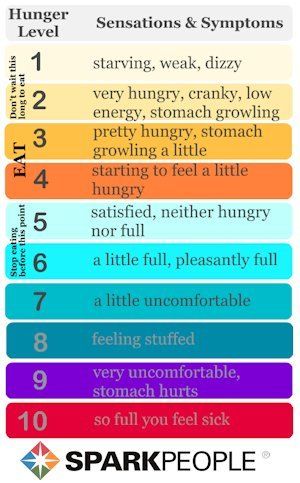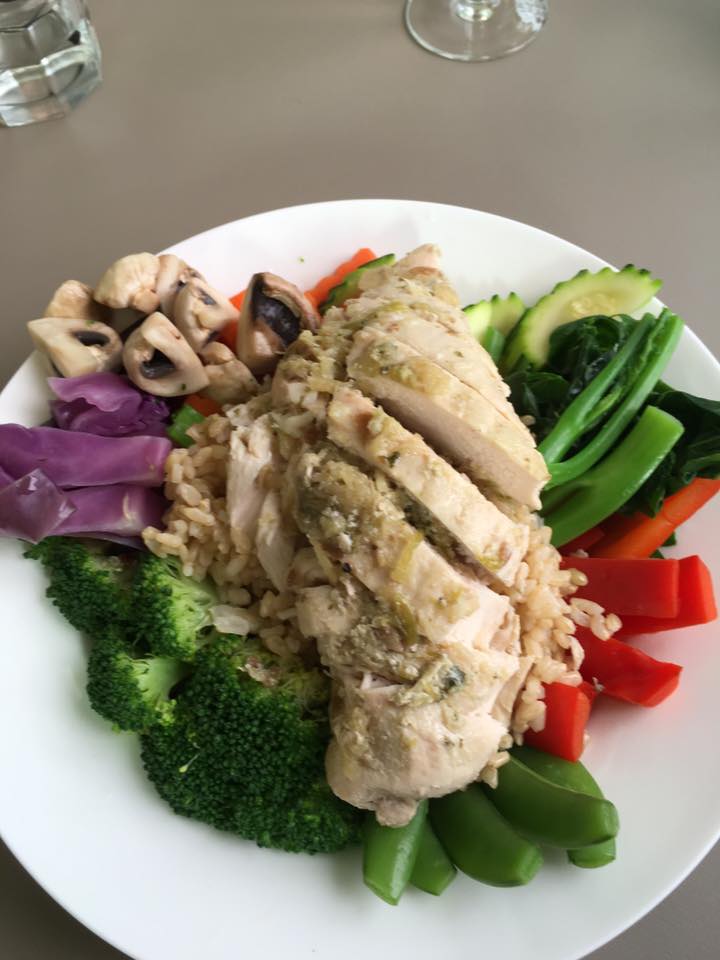This weeks habit change is to focus on your body’s natural hunger levels and patterns…
Eat when “fairly hungry”, stop when “satisfied” (not full)
Unlike following “diet rules”, this habit puts your body in charge (the way it should be)
–
View the most recent FB live video lesson on this weeks habit
–

–
Some tips
1) Ensure your meals are balanced
A meal that includes protein, fat, carbohydrates and vegetables is MUCH more likely to keep you full than a meal / snack that contains a processed carbohydrate on its own.
More information on this coming soon, when we discuss the portion plate in detail.
—-
2) You will need to eat slowly to give your stomach time to register fullness.
You may even decide to take an eating break half way into your meal, and then again at the 3/4 mark to determine if you actually need to keep eating.
—
3) Eat with as little distractions as possible.
**Also view THIS post – I lost weight this week by making one simple change
—
4) Post any learnings about your meals or yourself in the closed FB group.
—
5) Ideally a meal should keep you full for at least 3 hours.
If it doesn’t, its time to have a look at improving either the quality or quantity of that meal.
FAQ’s
Question 1
- What about portion sizes?
- How much should I eat??
This advice is going to go against most of what “diet culture” has taught you.
You should start eating when “fairly hungry” and stop eating when “satisfied”. Your portion size may look different from the next person and that’s OK.
- Eating 2 – 3 larger meals per day = OK
- Eating 5 or 6 smaller portion sizes per day = OK
- Both option are fine as long as your hunger, energy and cravings are managed
- Its the total amount of calories IN vs OUT that counts (Just like a bank account)
—
True story example
Recently I went out to lunch with some girlfriends. I ordered the same meal as my friend Gayle. The meal contained chicken, rice, veg and sauce (all 3 macronutrients).
My hunger levels and patterns are different to Gayle’s. I ate half the meal and asked if the rest could be put in a take away container. Gayle ate the whole meal and was happy.
In diet culture (and concurring from girl-talk around the table), my small portion size looked like a success.
BUT … Looking at one meal is micro-managing. I want you to look at how that meal fits into your whole day or even your whole week.
What happened next?
I ate the other half of my meal at dinner time, because the smaller portion kept me full for 3 – 4 hours (lunch had finished around 2pm). Gayle skipped dinner because her large lunch portion kept her full for 7 hours (she had an early night to bed). Gayle and I actually ate the same amount from lunchtime onwards. (Pretty sure I ate much more than her in the morning)
Both options are totally fine.
If Gayle had tried to eat within “diet rules”, she might have felt unsatisfied at lunch and may have binged later.
—
Quit micro-managing
Quit comparing or worrying what others are doing
(eyes on your own plate)
—

—
I realise that this takes more effort than following a structured meal plan where everything is spelled out for you…
It can feel like its easier to follow rules sometimes.
“But Chriss, I just want you to tell me what and when to eat”… is something I hear on a regular basis.
Here’s the thing though. You have tried that before and it didn’t work long term.
- YES it takes more time and effort to listen to your body.
- YES it takes way more trust in yourself (something that you may have lost at the moment)
- In the long run, the extra time, effort and trust will be worth it.
—
Question 2
I am not hungry at breakfast time. Should I eat then? Isn’t skipping breakfast a no-no?
If you are not hungry at breakfast time, my suggestion is to wait until you are “fairly hungry” to eat a balanced meal (meaning the meal contains protein, fat, carbs and veg). Eating your first meal later in the day won’t have any negative effect on your health or metabolism.
*This assumes that your daily routine allows for flexible break times.
**Also read – The truth about metabolism
—
Question 3
How can I ever eat cake, chips, chocolate etc. if all meals should follow the portion plate guidelines?
Answer –
Lets focus on hunger and fullness awareness this week. I promise this will be addressed later on in the program.
—
Question 4
I tried the half-time meal check in strategy and realised I don’t need to finish my meal.
But I feel so awful about wasting food. What can I do?
Answer
- a) Package up the remainder of the food to eat later
- b) Throw it out. Whether it ends up on your waist, or in the waste bin it’s waisted food
- c) LEARN from your experience. Plan a smaller serving size next time
- d) Eat it, but be prepared to wait longer til your next meal, or make your next meal smaller
—
Meals not snacks
I urge you to steer away from snack mentality. Please view all of your eating occasions as “meals”. The timing of these meals doesn’t matter. The meals should keep you full for at least 3 hours. If you are “fairly hungry” on the hunger scale, you are hungry enough to eat a complete meal. If you are not fairly hungry, skip the snack and wait until you are.
I find that even using the term meals helps with determining whether you are really hungry enough to eat
—
Further recommended reading
—
